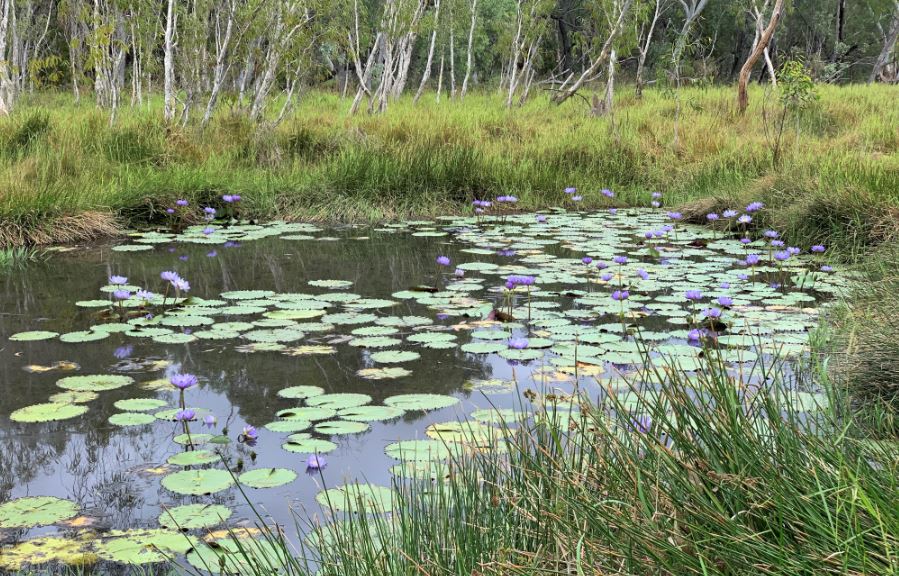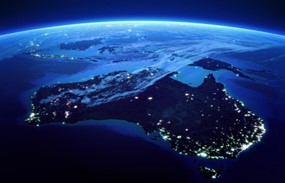
led by Flinders University is renewing calls to protect the source of water and aquifers supporting the ecologically significant in central Queensland from a proposed Carmichael coal mine in the Galilee Basin.
As (previously Adani) mine progresses, leading groundwater scientists warn more research is needed to measure and fully understand the aquifer sources that potentially feed the spiritually and environmentally significant springs located near the large inland mine site.
“Even if the springs’ source aquifer is partially dewatered for mining operations, there is a serious threat of permanent damage,” says Flinders University PhD candidate Mr Robin Keegan-Treloar, the lead author of a new paper in the Journal of Hydrology.
“Our study expands on existing water level data, undertaking the most rigorous analysis so far, and even now we cannot definitively identify the source of water to the springs.
Mr Keegan-Treloar says that without better knowledge of the hydrogeology of the area, the springs are at risk of “irreversible decline.”
“These concerns have been raised in this study, as well as CSIRO and Geoscience Australia studies, about threats to the springs from the Carmichael mine,” he says.

Despite , and remaining uncertainties over the effects of nearby mining operations, the mine is still going ahead, says senior author, Flinders University Professor Adrian Werner, from the ³Ô¹ÏÍøÕ¾ Centre for Groundwater Research and Training.
“These findings have important implications given that the Permian Formations will be dewatered by the operation of the nearby Carmichael coal mine,” Professor Werner says.
“Lowering the uncertainty of permanent damage to the springs will require new drilling and seismic studies to adequately identify the hydrogeological regime between the mine site and the springs.”
The research group says the techniques used in the latest study help to identify and quantify conceptual model uncertainties, although further work is needed.
Research is ongoing, with follow-up studies being conducted using water chemistry, geophysics and numerical modelling.
“The latest study have important implications given that the Permian Formations will be dewatered by the operation of the nearby mine,” Mr Keegan-Treloar says. “Lowering the uncertainty of permanent damage to the springs will require new drilling and seismic studies to adequately identify the hydrogeological regime between the mine site and the springs.”
The authors declare no financial or personal conflict of interest.
The paper, (2021) by Robin Keegan-Treloar, Adrian Werner, Dylan Irvine (CDU) and Eddie Banks has been published in the Journal of Hydrogeology (Elsevier), Vol 601 October 2021 DOI: 10.1016/j.jhydrol.2021.126808
Acknowledgements: The paper is funded by ARC Linkage Project (LP190100713) – which involves research at Flinders University, Charles Darwin University, University of Queensland, Monash University, RMIT and La Trobe University – Business Services of .
Not-for-profit Queensland-based consultant Mr Derec Davies, from Coast and Country natural resources management, says climate change and land-use practices are already affecting wetlands around Australia – without the additional pressure of industrial enterprises such as mining.
“Corporate and government players have an increasing social and environmental responsibility to look after these precious natural wetlands, and focus instead on sustainable practices and operations,” Mr Davies says.








